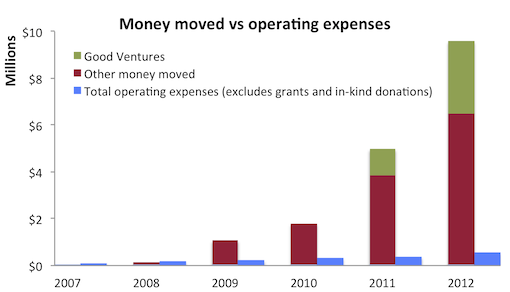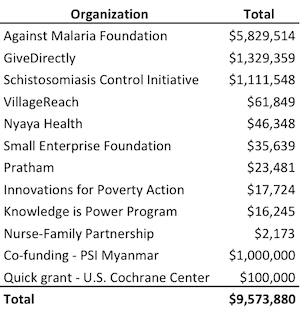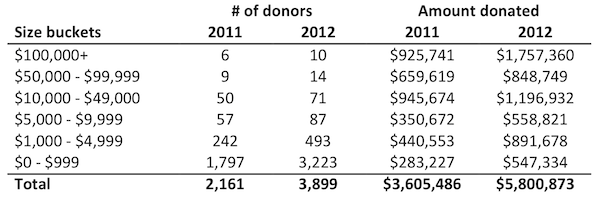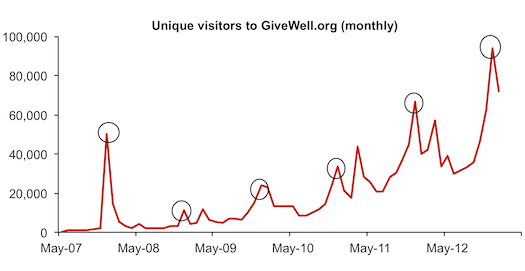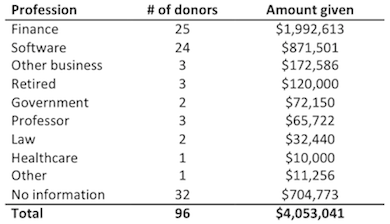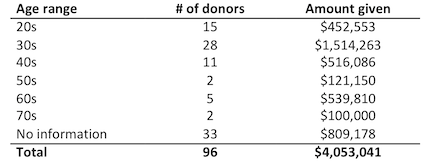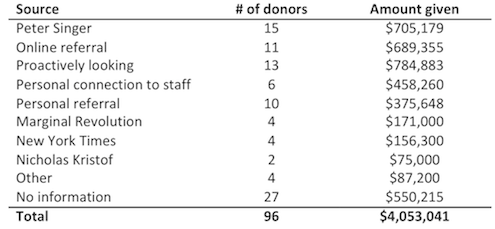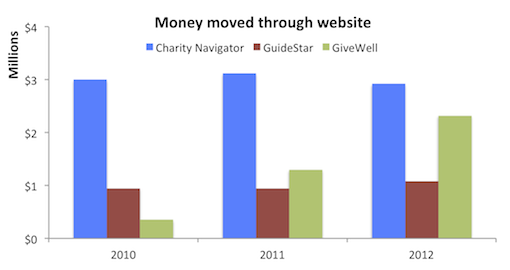Programs’ track records have always been a major input into our research process. For example, when assessing the case for distributing nets to prevent malaria, we’ve looked for information about the track record of similar programs.
As we begin to research other areas where philanthropy could play a role, we similarly want to learn from history about philanthropy’s track record. We’ve done some minimal work looking for literature, but what we’ve found was either not on the topic we’re most interested in (i.e., what has philanthropy accomplished?) or wasn’t at a sufficient level of depth to adequately answer the question “what role did philanthropy, as opposed to other factors, play in the outcome in question?” (For more, see our 2012 post on the best source we’ve found so far for this sort of information.)
Because we’ve struggled to find relevant literature, we’ve begun a project to investigate the possibility of funding someone to do a more thorough job of synthesizing what already exists – or to create better literature. We think it’s possible that we might seek to fund this type of work in the future. Such funding would be modest in size, at least to start, and would be thought of more as “costs of research” than as “top giving opportunities.” We would view this work, at least in the short term, as a potential way to increase our total “research capacity” by answering questions that we would otherwise try to answer internally.
Some examples of projects we might consider include:
- An annotated bibliography of what relevant materials already exist – materials written by academics and think tanks as well as materials available in foundation archives (e.g., the Rockefeller Archives house archival information from multiple foundations and make this information available to researchers).
- Literature reviews of topics covered by existing literature.
- A list of the 20 most important philanthropic “success stories” (policy changes, scientific/technical contributions, or other) of the last 25 years.
- A list of 20 major philanthropic failures (e.g., cases in which philanthropists spent large amounts of money with disappointing results).
- In-depth case studies of the above aiming to questions such as “What role did philanthropy play in this change?”, “What other, non-philanthropic factors played a major role?”, “Who (if anyone) was opposed to the change in question and how did they try to prevent it from occurring?” and “What was the social impact of this change?” These case studies could take the form of ~10,000-word “long-form journalism,” academic papers, or think-tank white papers.
- We could also imagine supporting work that’s more focused on reporting on events as they develop. For example, we could fund a journalist to visit NGOs and report back, much in the way we’ve done on our site visits to our top charities. Or, we could support a journalist to report on the ongoing way in which philanthropists develop strategies and how those strategies play out.
We’re very early in our investigations. We still aren’t sure whether this work would be best suited to academics, think tanks, journalists, or someone else, and we have little idea of what scope (or how much funding) we will eventually find worthwhile. As always, we plan to be fully transparent with the results of this work, so the output of what we produce will be publicly available.
What we’ve done so far and plans for 2013
Thus far, I’ve spoken with about 15 people including journalists, academics, and people who have worked (or work) at think tanks. The conversations have generally been short and we haven’t produced notes from individual conversations. What we have taken away from these conversations is a broad consensus that (a) there isn’t much information of the type we’re looking for already available and (b) this is an interesting project that people would be excited to participate in. The book that’s been most frequently recommended to me as fitting what we’re looking for is Steven Teles’s The Rise of the Conservative Legal Movement.
The people I’ve spoken with (who gave me permission to put their names in this post) are:
- Steven Teles
- Chris Hughes
- Dana Goldstein
- Felix Salmon
- Buzz Schmidt
- Dylan Matthews
- Rob Reich
- Linda Hirschman
- Stanley Katz
- Josh Freedman
- Benjamin Soskis. Mr. Soskis holds a PhD in history from Columbia University, with a focus on philanthropy. He is fellow at the Center for Nonprofit Management, Philanthropy and Policy at Geoge Mason University. He is currently working for us on a contract basis to survey existing literature on the history of philanthropy.
- Howie Lempel. Howie worked for the Brookings Institution for two years and is currently enrolled at Yale Law School.
While this project may become something much bigger, our goals for 2013 are to undertake several small projects (as a very rough benchmark, we’ve thought of potentially funding up to $250,000 this year) to see if we’re able to produce the type of information we’re looking for.

